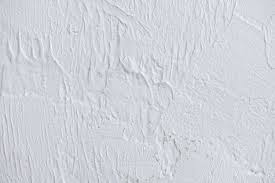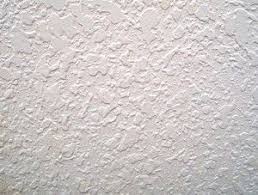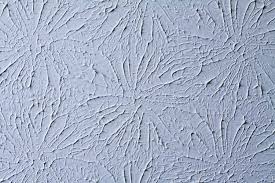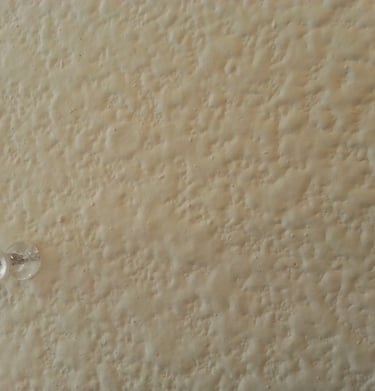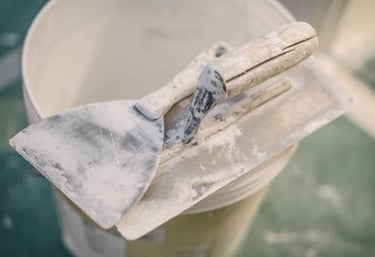Drywall Texture Gallery
Drywall texture is a fantastic way to add personality and depth to your walls and ceilings. Whether you’re covering up imperfections or creating a unique design, textures can transform a plain surface into something visually interesting. From subtle finishes to bold patterns, there’s a texture for every style and skill level. Below, we’ll explore a few popular drywall texture samples to inspire your next project. Plus, stay tuned for more instructional content on drywall techniques, including tips and tricks for mastering textures like a pro!
